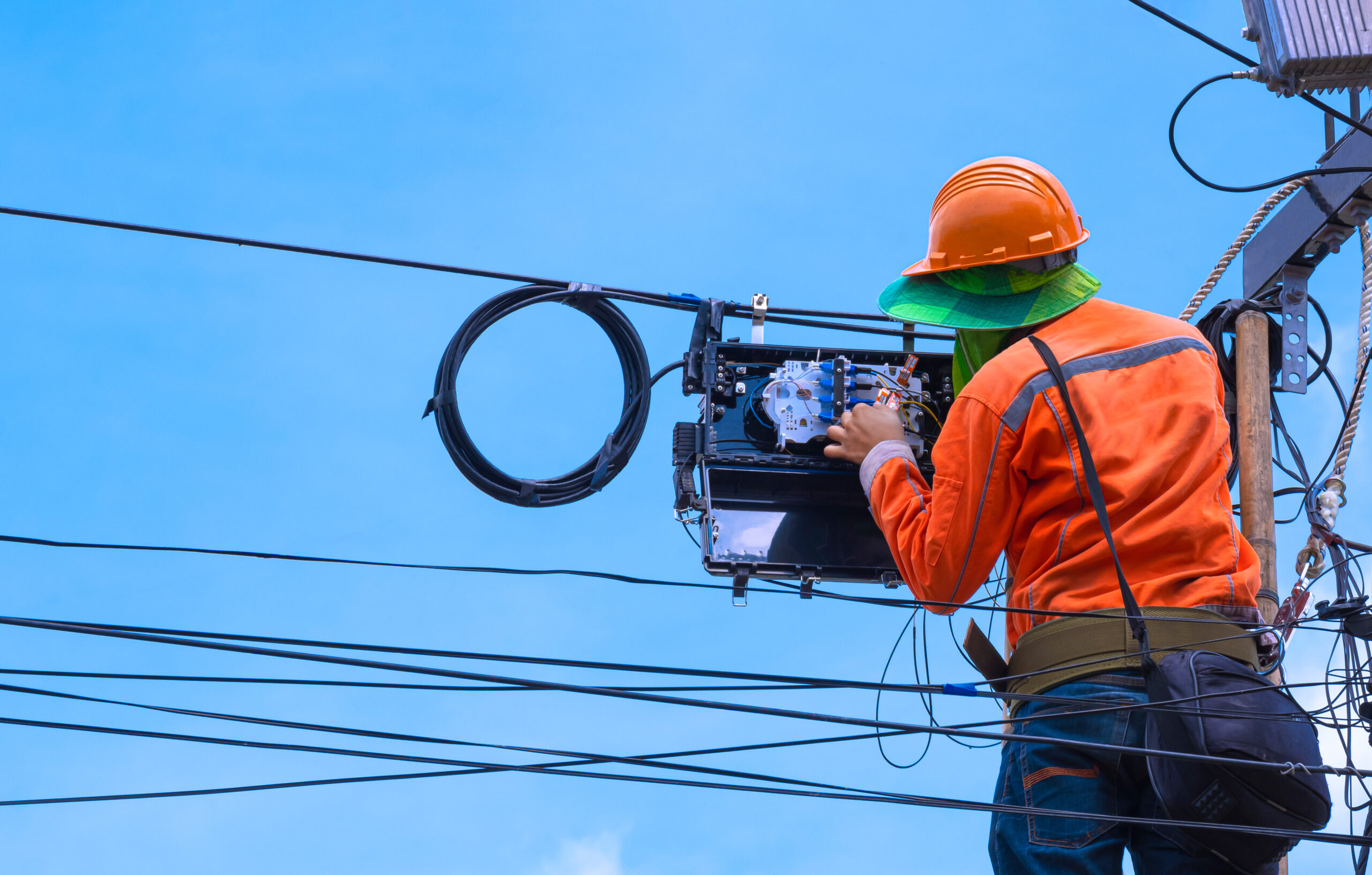Seeger Weiss filed the first class action lawsuit against Verizon on behalf of utility workers over the company’s toxic lead-sheathed cables. Plaintiffs allege that Verizon knowingly left lead cables in place, exposing thousands of utility workers directly to dangerous levels of lead and allowing the cables to contaminate the surrounding environment.
“For decades, Verizon and its corporate predecessors knew lead-sheathed cables in its telecommunications infrastructure posed significant health risks to utility workers and were likely to contaminate the surrounding environment,” said founding partner Chris Seeger. “No amount of lead exposure is safe, yet the Defendants chose to leave obsolete cables up, unnecessarily exposing individuals and the environment to this highly toxic substance. This lawsuit is an important first step in holding Verizon accountable and we plan on pursuing justice against other defendants who engaged in similar misconduct.”
Verizon made a profit-driven decision to leave its’ lead cables in place, despite knowing the potential harm they could cause. The company’s negligence endangered thousands of utility workers who came into contact with lead cables and developed lead-related health conditions. Lead exposure can cause catastrophic health issues to humans, including damage to the central nervous system, brain, kidneys, and cardiovascular system. The lawsuit seeks to obtain compensation for utility workers harmed by Verizon’s misconduct and to require the company to remove and properly dispose of lead cables and the lead contamination of the surrounding environment.
The Seeger Weiss team litigating the case is comprised of partners Chris Seeger, Dave Buchanan, and Chris Ayers, as well as counsel Scott George and associate Nigel Halliday.
One of the nation’s preeminent plaintiffs’ law firms, Seeger Weiss is best known for multidistrict mass torts and class actions in both state and federal court. From offices in New York, New Jersey, Pennsylvania, and Massachusetts, the firm has represented over 10,000 individuals, organizations, and states and local municipalities across the U.S. that have been injured or defrauded on a massive scale.
